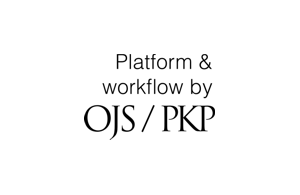Submissions
Submission Preparation Checklist
All submissions must meet the following requirements.
- This submission meets the requirements outlined in the Author Guidelines.
- Attached Authorship Letter separately.
- Attached Manuscript which contain main body of article.
- This submission has not been previously published, nor is it before another journal for consideration.
- All references have been checked for accuracy and completeness.
- All tables and figures embed within the text at appropriate points, ensuring high resolution, numbered and labeled clearly. (Not placed at end)
- Permission has been obtained to publish all photos, datasets and other material provided with this submission.
Original Article
Section default policy
Privacy Statement
The names and email addresses entered on this journal site will be used exclusively for the stated purposes of the Journal of Modern Health and Rehabilitation Sciences and will not be made available for any other purpose or to any other party.
















